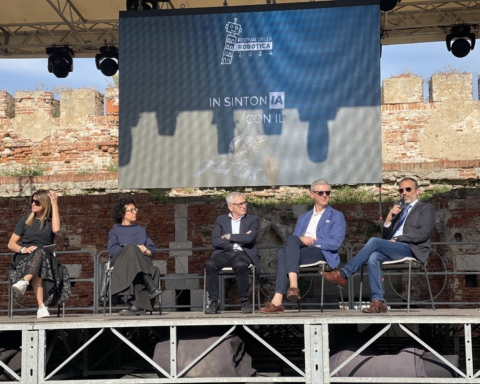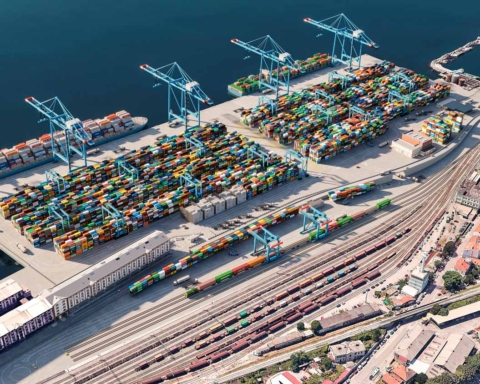Livorno is preparing to launch its Customs & Controls Single Window system. It facilitates coordinated, simultaneous controls by the organizations involved in various capacities when goods enter the EU customs territory.
The experimental phase, involving the Customs & Monopolies Agency, freight forwarders, port terminals and the North Tyrrhenian Port Network Authority, is to start on December 5th .
The implementation of SUDOCO in Livorno port comes after its being set up in the port of La Spezia. It is based on the interconnection between La Spezia and the Port Network Authority’s Tuscan Port Community System (TPCS), the platform that digitalizes and simplifies goods import & export information flows.
For the Network ports, interoperability with SUDOCO represents a further step towards the complete digitalization of logistics and port processes and an ever-greater integration between Port Network Authority systems and those used by the Customs and Monopolies Agency. In fact, work to enhance and develop interoperability between the TPCS and the Port Tracking module, promoted as part of the special project to digitalize customs procedures, is continuing, with the aim of guaranteeing goods leave port areas in a controlled, secure fashion.
“We want to support implementing SUDOCO by providing our digital service for managing on-site yard inspections, which was launched on the TPCS in July,” says Port Network Authority Managing Director, Matteo Paroli. “The application module already makes it possible to request and organize the provision of containers for inspections at dedicated areas. Terminal logistics information will then be integrated with customs data, using the TPCS as a data sharing and exchange tool, in order to make the process completely paper-free.”
“The Single Window for Customs & Controls reduces the time and costs generated by customs clearance by having controls being carried out simultaneously in one place. This means increasing the level of competitiveness and efficiency of the ports where SUDOCO is used,” said Livorno Customs Office Director Giovanni Parisi, adding that ‘the implementation of SUDOCO in the Port of Livorno is the result of teamwork between administrations, which make their systems available to create increasingly integrated and synchronized digital environments, to the benefit of Port Institutions and Operators.”
Translation by Giles Foster




